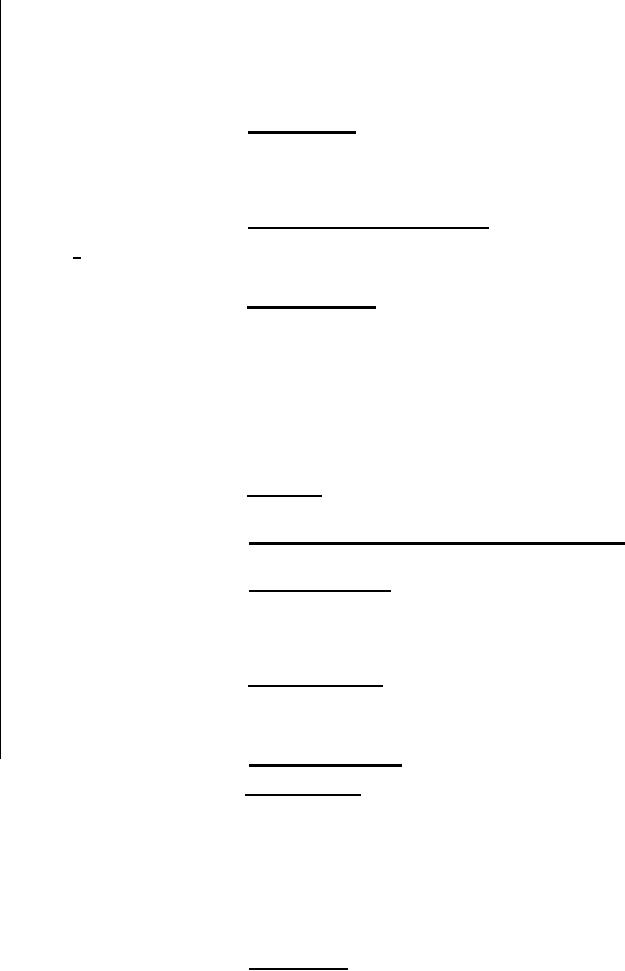 |
|||
|
|
|||
| ||||||||||
|
|  MIL-C-18244A(WEP)
3.1.1.5.5.1
Hovering Flight - The automatic flight control system shall control the
moment generating devices (reaction controls, thrust modulation controls, etc.) and possibly thrust
to provide stability augmentation, attitude hold, altitude hold, control stick maneuvering or other
modes of operation as specified in the applicable system specification, In aircraft which are unstable
without stability augmentation the stability augmentation system must be dualized.
3.1.1.5.5.2
Attitude Hold, Pitch, Roll and Yaw - During the attitude hold mode, the
aircraft's selected attitude in pitch, roll, and yaw shall be maintained within a static accuracy of
+ 0.5 degree, with respect to the gyro reference. The attitude transients in pitch, roll, and yaw
shall be well damped and shall not exhibit a damping factor of less than 0.5.
3.1.1.5.5.3
Stick Maneuvering - The steady state relationship between stick force and
pitch and roll velocity or pitch and roll attitude shall be as specified in the applicable system speci-
fication. If the pitch and roll velocity of the aircraft is proportional to the stick force, the aircraft
shall maintain its existing pitch and roll attitude when the stick force is released. Where proportion-
ality between stick force and pitch and roll attitude is required, trim button command shall be pro-
vialed to obtain and hold any desired pitch or roll attitude. The rate of yaw shall be proportional to
the pedal force and the aircraft shall maintain its existing heading after release of the pedal force.
Unless otherwise specified in the applicable system specification, a force applied to the thrust
control shall cause a proportional climb or sink rate of the aircraft and the aircraft shall maintain
its existing altitude when the force is released. The transient caused by a sudden application of
control forces shall be well damped.
Transition - The transition from one set of controls to another set shall be
3.1.1.5.5.4
smooth and shall not cause undesirable transients.
Additional Requirements for Lighter-Than-Air Aircraft - The requirement
3.1.1.5.6
of this paragraph are in addition to previous applicable requirements.
Longitudinal Control - Longitudinal control shall be by means of a wheel
3.1.1.5.6.1
and column (yoke type). Forward movement of the wheel and column shall cause the aircraft to nose
down and aft movement shall cause the aircraft to nose up. The range of movement of the longitudinal
control shall be a maximum of 14 inches. The extreme aft position shall not be more than 9 inches
from the neutral position.
,
Directional Control - Directional control shall be by means of the wheel on
3.1.1.5.6.2
the column. Rotation of the wheel clockwise shall cause the airship to turn to the right and rotation
of the wheel counterclockwise shall cause the airship to turn to the left, The rotation of the wheel
shall be a maximum of 110 degrees clockwise and 110 degrees counterclockwise.
General Requirements -
3.1.1.6
Stability Margins - The AFCS shall be demonstrated to be stable in all
3.1.1.6.1
modes of operation in all flight conditions as follows: All AFCS aerodynamic loops shall be flight
demonstrated to be static for at least one and one-half times the production gain. At the beginning
of service life and under standard conditions as specified in Specification MIL-E-5272, all AFCS
non-aerodynamic servo loops shall be demonstrated to be stable at three times the production gain.
All AFCS non-aerodynamic loops shall be demonstrated to be stable at one and one-half times the
production gain throughout all operating service conditions. At the end of service life and under
standard conditions all non-aerodynamic loops shall be demonstrated to be stable at one and one-
half times the production gain. It shall also be demonstrated that an additional lag of 45 degrees,
when introduced into any loop with production gains, shall not result in instability.
Internal Noise - There shall be no noticeable high frequency motion of the
3.1.1.6.2
controls due to noise signals generated within the automatic flight control system. Control surface
oscillations which are a necessary feature of certain self-adaptive automatic flight control systems
shall not exceed the limits of the applicable specification.
16
|
|
Privacy Statement - Press Release - Copyright Information. - Contact Us |